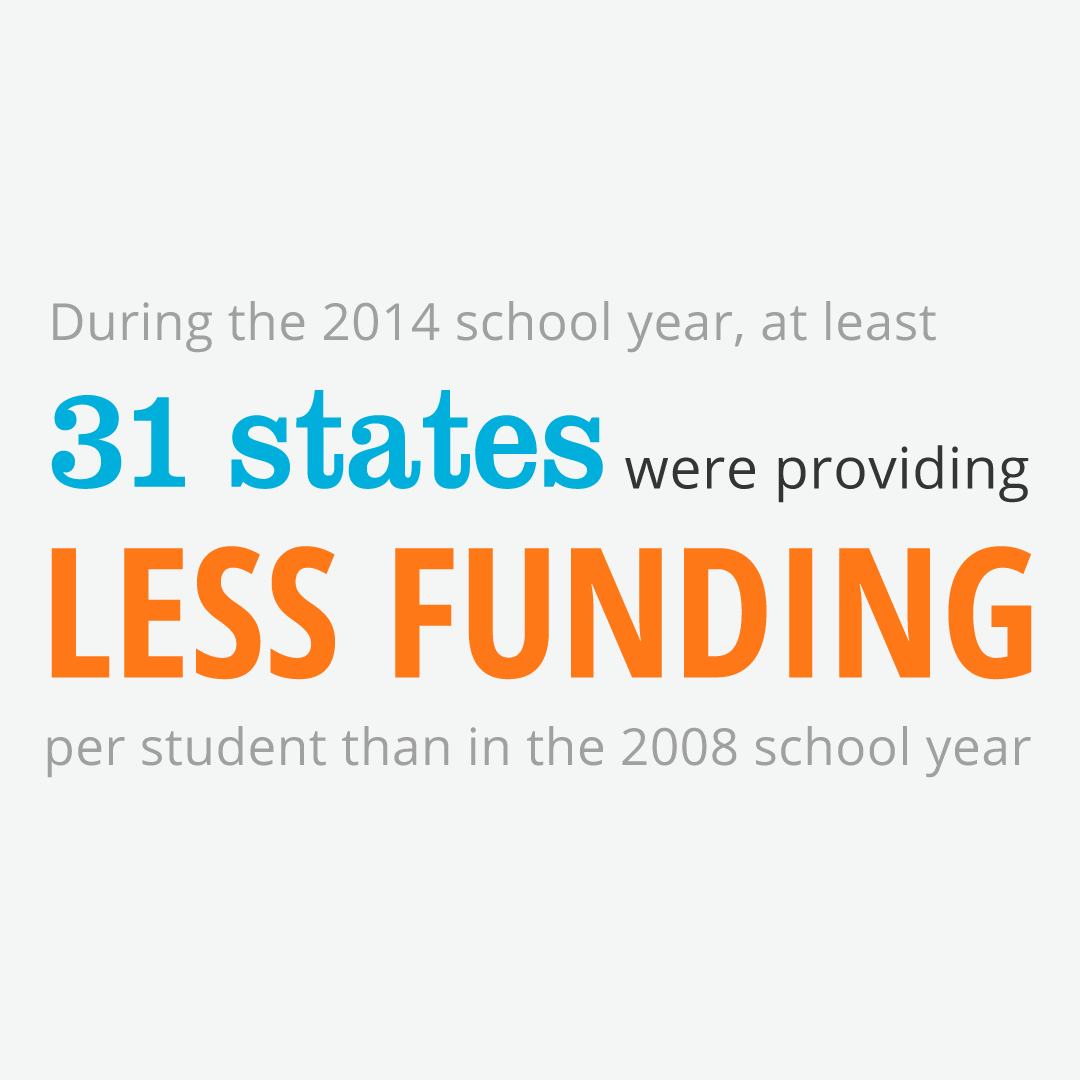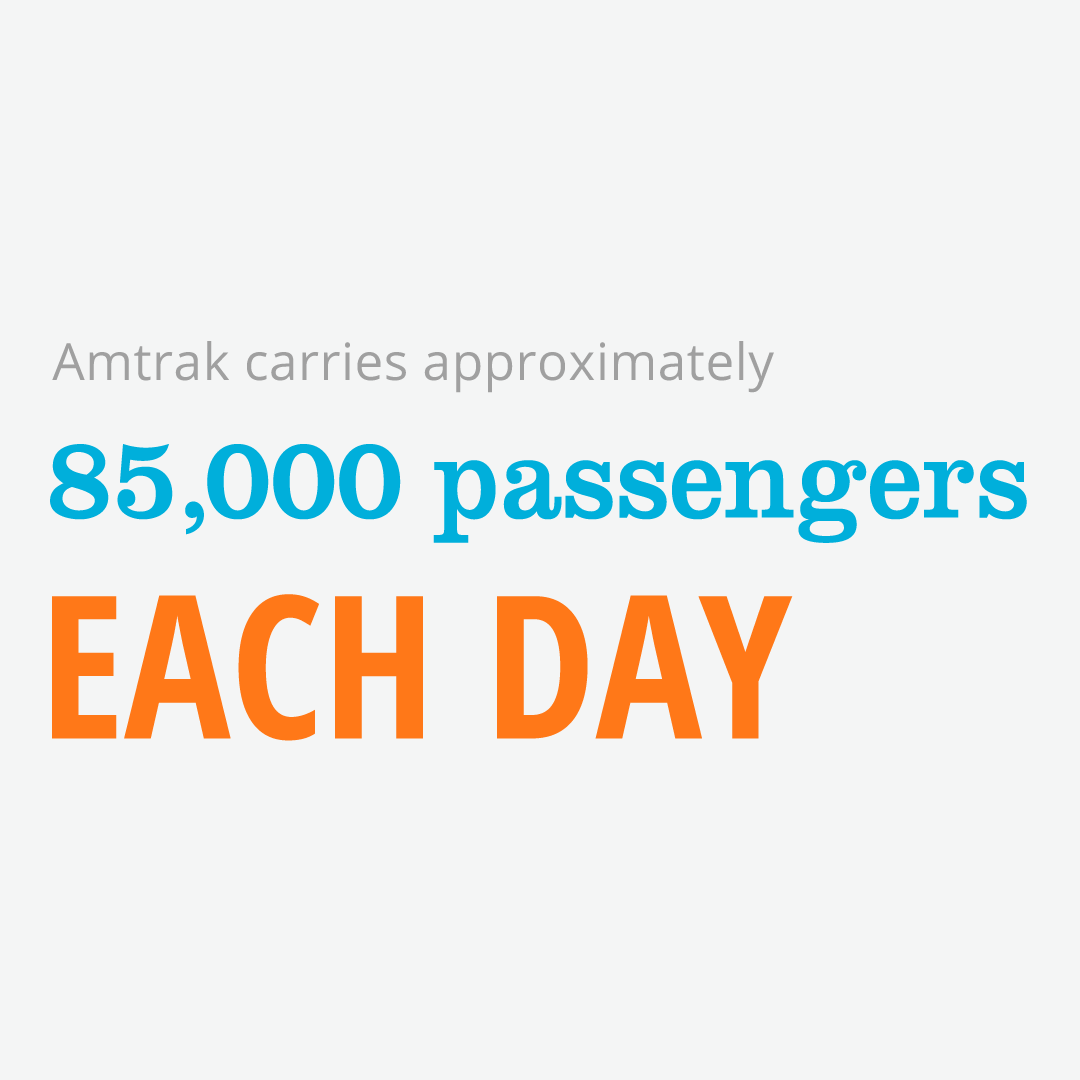On Wednesday, the Senate Committee on the Environment and Public Works held a hearing entitled “Innovation and America’s Infrastructure: Examining the Effects of Emerging Autonomous Technologies on America’s Roads and Bridges.” The hearing explored questions regarding the feasibility and importance of autonomous technologies as it relates to infrastructure. The Senators’ questions were fielded by a five-member panel including William Panos, Director of the Wyoming Department of Transportation; Shailen Bhatt, President and CEO of Intelligent Transportation Society of America; Dr. Zachary Doerzaph, Director of the Center for Advanced Automotive Research; Polly Trottenberg, Commissioner of the New York City Department of Transportation; and Dr. Shaun Kildare, Director of Research of the Advocates for Highway and Auto Safety.
Chairman Senator Barrasso (R-WY) focused his opening statement on the importance of flexibility in America’s infrastructure as autonomous vehicles are introduced. With new challenges on the horizon, “state and federal transportation agencies [must be] prepared and equipped to attack the potential opportunities” said Sen. Barrasso. Throughout his opening statement, Barrasso stressed the need for bipartisan support and intergovernmental work to improve America’s infrastructure. The Chairman concluded by thanking the panel and stating that he looks forward to discussing the challenges and opportunities related to innovative technology and infrastructure.
Ranking member Senator Carper’s (D-DE) opening statement began with the history of infrastructure from the “horseless carriage” to the automobile to ever-changing roadways. In 2016 alone nearly 40,000 Americans died in roadway accidents, cited Sen. Carper, a number he hopes will decrease with the introduction of autonomous vehicles. Senator Carper emphasized the importance of addressing how a large-scale change in America’s roads and bridges could be funded. He ended by explaining his optimism for the introduction of this new technology and his apprehension in allowing the release of a technology without healthy regulations.
Repeatedly, all five members of the panel voiced their support for increased funding for America’s roads and bridges. Commissioner Trottenberg emphasized that solving the congestion problem of metropolitan areas began with “robust investment in our mass transit systems” and later explained that the benefits of autonomous vehicles do not compare to the efficiencies of mass transit. ASCE’s 2017 Infrastructure Report Card echoes this sentiment by focusing on the over $2 billion investment gap needed to improve both our roads and bridges.
“There needs to be more funding available for transportation” said Bhatt in response to Senator Rounds’ (R-SD) question, which proposed a subsection of the Highway Trust Fund dedicated to preparing roads for the introduction of autonomous vehicles. Furthermore, Bhatt ended his response by asking the question, “How do we use investment to leverage both the existing infrastructure and the technology investment?”
In the course of the hearing, ASCE’s 2017 Infrastructure Report Card was cited twice. In his opening statement, Dr. Shaun Kildare stressed the dire need to invest in America’s infrastructure by citing ASCE’s grade of “D” for U.S. roads. Similarly, Senator Cory Booker (D-NJ) used ASCE’s Report Card to stress the investment gap for our roads, America’s grade of “D” for roads, and the fact that 20% of our nation’s highways have poor pavement conditions.























































